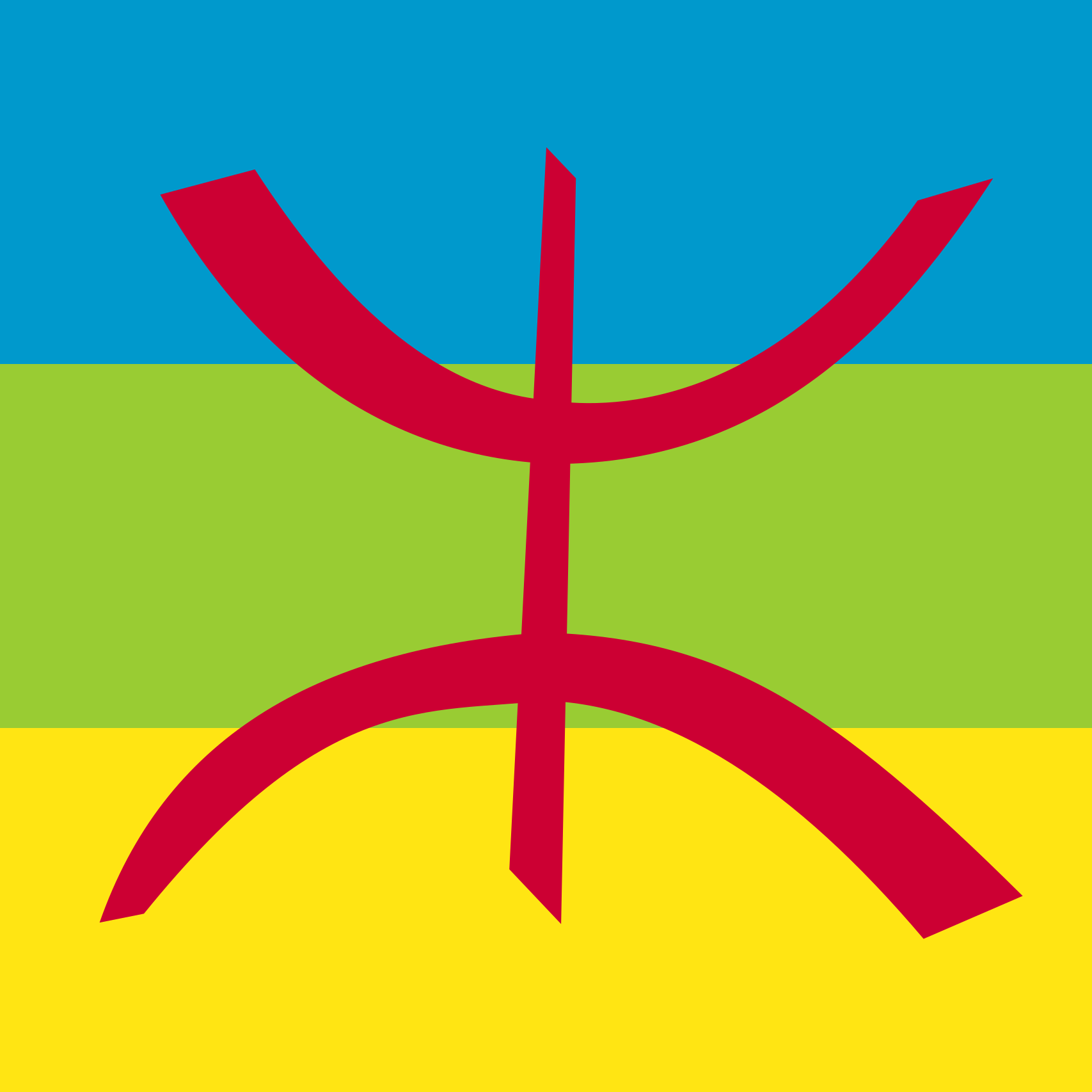The Amazigh people, also known as the Berbers, are an indigenous ethnic group that inhabit North Africa, including Morocco, Algeria, Tunisia, Libya, and Mauritania. The Amazigh people have a rich history and a diverse culture, and their legacy can be traced back to ancient times.
Brief History of the Amazigh People:
The Amazigh people have a long and complex history, dating back to prehistoric times. Some of the earliest known Amazigh civilizations include the Numidians and the Garamantes, who lived in present-day Algeria and Libya, respectively. The Amazigh people were also prominent during the Roman Empire, with the Berber kingdoms of Mauretania and Numidia.
The Amazigh people played a significant role in the Islamic Golden Age, with many prominent scholars and scientists of Amazigh descent. In the 7th century, the Amazigh people led a resistance against the Arab conquest, which resulted in the establishment of several Amazigh-led dynasties, such as the Almoravids and Almohads.
During the French colonial period, the Amazigh people faced discrimination and marginalization. However, in recent years, there has been a resurgence of Amazigh identity and culture in North Africa, with movements for greater recognition and autonomy.
Who are the Amazigh People?
The Amazigh people are a diverse group, with a range of distinct cultures and languages. The term “Amazigh” is derived from the Berber word for “free people,” reflecting the group’s independent spirit and resistance to colonialism and oppression.
The Amazigh people have traditionally been associated with nomadic lifestyles, with many living in the Atlas Mountains and the Sahara Desert. However, in modern times, many Amazigh people have moved to urban areas and adopted more sedentary lifestyles.
Overview of Amazigh Language and Culture:
The Amazigh people have a rich cultural heritage, with a unique language, music, and art. The Amazigh language is a branch of the Afro-Asiatic language family and has several dialects, such as Tashelhit, Tamazight, and Kabyle.
Amazigh culture is characterized by a strong sense of community, family, and tradition. Amazigh music is diverse and ranges from traditional folk music to contemporary pop and rock. Traditional Amazigh art includes intricate geometric patterns and bright colors, often found in textiles, pottery, and jewelry.
Important Amazigh Figures and Events in History:
Throughout history, the Amazigh people have produced many notable figures, including scholars, poets, and leaders. Some of the most significant Amazigh figures include:
Kahina, a legendary warrior queen who led a resistance against the Arab conquest in the 7th century
Ibn Khaldun, a prominent historian and philosopher who lived in the 14th century
Amazigh leaders such as Yusuf Ibn Tashfin, who founded the Almoravid dynasty in the 11th century
Fatima Al-Fihri, who founded the University of Al-Qarawiyyin in Morocco in the 9th century.
Introduction to Regions where the Amazigh People Live:
The Amazigh people are found throughout North Africa, with the largest populations in Morocco, Algeria, and Tunisia. In Morocco, the Amazigh people are concentrated in the Atlas Mountains, the Rif Mountains, and the Souss Valley. In Algeria, the Amazigh people are found mainly in the Kabylie region, while in Tunisia, they are concentrated in the Matmata and Tataouine regions.
In conclusion, the Amazigh people have a long and complex history, with a rich cultural heritage that includes their unique language, music, and art. The Amazigh people have faced many challenges throughout their history, including colonization and marginalization, but they continue to resist and fight for greater recognition and autonomy. The Amazigh people are an important and vibrant part of North African culture and identity. The next part of this article will explore the history of the Amazigh people in more detail.
